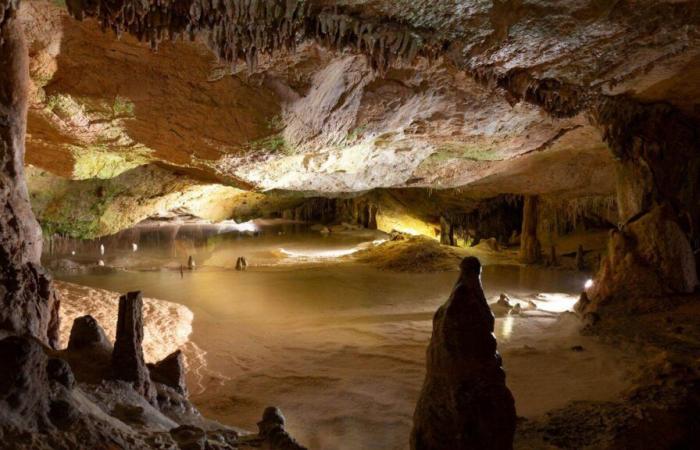Europa It meets a different context before the last discovery reported in numerous German caverns. In the current context of energy transition and decarbonization of the economy, hydrogen rises as a great protagonist. Hydrogen production for energy purposes has raised interest in different parts of the world, and in recent years different news linked to green hydrogen projects has come to light.
Moreover, hydrogen investment with low carbon emissions does not stop growing. For example, in the case of Spacethe Iberian country led 20% of the new hydrogen initiatives in the world during the first quarter of 2022. According to data from Wood Mackenziea research and consulting company, the projects linked to hydrogen raised its production a total of 11.1 million tons per year.
Hydrogen corresponds to an energy vector. This concept means that it is a substance capable of storing energy that can be released at another time in a controlled way. From hydrogen, heat can be obtained by applying a combustion process (fuel with a high calorific value), electricity (through an electrochemical procedure) or other products using it as the first matter of multiple chemical reactions (synthetic and fertilizer fuels, among others).
Europe finds the Holy Grail of Hydrogen in Germany
After knowing what Copenhagen Infrastructure Partners a green hydrogen project starts in Germany, a new study brought to light that Germany salt caves from Germany They house sufficient capacity to meet the hydrogen storage needs of Europa.
He Ministry of Economy of Germany He has confirmed that the country’s Salinas caverns could meet the demand for hydrogen at the national and European level. This measure avoid dependence on porous rock formations, with an uncertain technical viability, especially in the German southern zone.
According to the official document published by the Ministry, Germany It has “ideal geological conditions” to build and use saline caverns as underground hydrogen deposits. The formation of these caverns lies in the salt solution with water.
This scenario causes stable and hermetic spaces that are already used to store natural gas. Its adaptation for hydrogen is technically viable and is considered prepared for adoption.
Why could the caverns of Germany be a good idea for Europe?
The estimate of Ministry It is that the demand for hydrogen storage in Germany will continue to rise. It will be modified between 2 and 7 twh in 2030 to an amount between 76 and 80 SWH in 2045.
We talk about an increase 10 times higher than the volume recorded today, being evident the fundamental role that hydrogen is taking in the climate strategy of the territory.
Currently, Germany It has 47 natural gas storage facilities. From this figure, two thirds use Salinas caverns and the challenge of porous formations. However, none of the porous facilities has yet adapted for hydrogen storage.
The use of Salinas caverns of Germany As a way of storing hydrogen, it brings with it concrete energy solutions, such as intermittent renewables, reduction of fossil fuel dependence, consolidation of energy safety, preventing the emission of polluting gases associated with new infrastructure and decentralization of energy.
Europe finds in Germany “The Warehouse” of Perfect Hydrogen
This strategy consolidates the place of green hydrogen as a central axis in the energy transition and highlights the importance of resorting to mature, efficient and safe solutions at the technical level. A path that brings humanity closer to the long -awaited climatic objectives that achieve climate neutrality.
In short, Europa The German caverns is looking closely, where there is sufficient space to meet the hydrogen storage needs throughout the continent. Thus the green hydrogen and the German country are re -joined historically, as they did some time ago.






